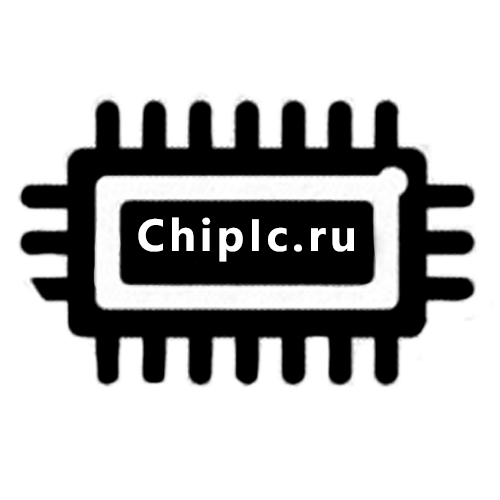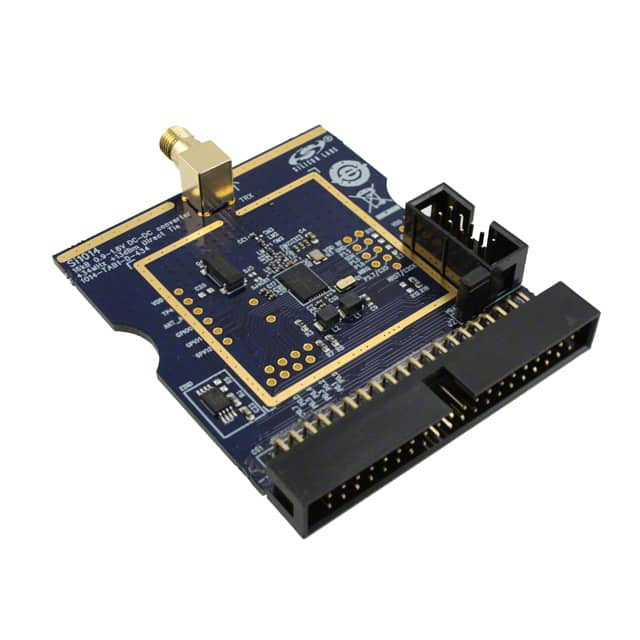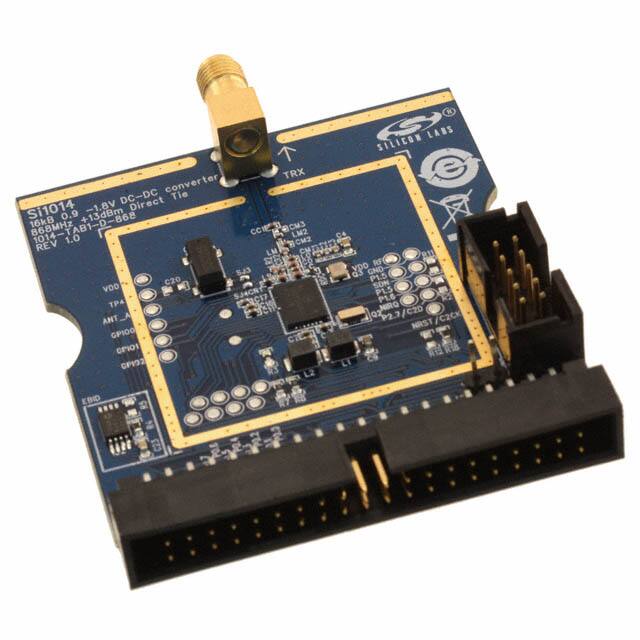1014-12 Microsemi Corporation TRANS RF BIPO 39W 5A 55LT1
Diskreetsed pooljuhid
Tootja number:
1014-12
Tootja:
Tootekategooria:
Kirjeldus:
TRANS RF BIPO 39W 5A 55LT1
RoHs olek:
Andmetabelid:
Alalisvoolu võimendus (hFE) (min) @ Ic, Vce :
10 @ 200mA, 5V
Kasu :
6.8dB
Müra näitaja (dB tüüp @ f) :
-
Osa olek :
Active
Paigaldustüüp :
Chassis Mount
Pakend/ümbris :
55LT
Pakendamine :
Bulk
Pinge – kollektori emitteri rike (maksimaalne) :
50V
Sagedus – üleminek :
1GHz ~ 1.4GHz
seeria :
-
Tarnija seadmepakett :
55LT
Töötemperatuur :
200°C (TJ)
Transistori tüüp :
NPN
Võimsus – max :
39W
Vool – koguja (Ic) (maksimaalne) :
5A
Laos
59,381
Ühiku hind:
Võtke meiega ühendust Pakkumine
1014-12 Konkurentsivõimelised hinnad
ChipIcil on ainulaadne tarneallikas. Pakume oma klientidele 1014-12 konkurentsivõimelise hinnaga. Saate nautida meie parimat teenust, ostes ChipIc 1014-12. Parima hinna saamiseks saidil 1014-12 võtke meiega ühendust.
Hinnapakkumise saamiseks klõpsake
1014-12 Iseärasused
1014-12 is produced by Microsemi Corporation, belongs to Transistorid – bipolaarsed (BJT) – RF.
1014-12 Toote üksikasjad
:
1014-12 – Transistorid – bipolaarsed (BJT) – RF disainitud puhvervõimendid ja toodetud Microsemi Corporation.
1014-12, mida pakub Microsemi Corporation, saab osta CHIPMLCC-st.
Siit leiate erinevaid juhtivate tootjate elektroonilisi osi rahu.
CHIPMLCC 1014-12 on range kvaliteedikontrolliga ja nõuetele vastav kõike nõuetele.
CHIPMLCC-s näidatud fondi staatus on ainult viitamiseks.
Kui te ei leia otsitavat osa, võtke meiega ühendust lisateavet, näiteks varude arvu andmetabelis 1014-12 (PDF), hind 1014-12, Pinout 1014-12, manuaal 1014-12 Ja 1014-12 asenduslahendus.
1014-12, mida pakub Microsemi Corporation, saab osta CHIPMLCC-st.
Siit leiate erinevaid juhtivate tootjate elektroonilisi osi rahu.
CHIPMLCC 1014-12 on range kvaliteedikontrolliga ja nõuetele vastav kõike nõuetele.
CHIPMLCC-s näidatud fondi staatus on ainult viitamiseks.
Kui te ei leia otsitavat osa, võtke meiega ühendust lisateavet, näiteks varude arvu andmetabelis 1014-12 (PDF), hind 1014-12, Pinout 1014-12, manuaal 1014-12 Ja 1014-12 asenduslahendus.
1014-12 FAQ
:
1. What is a discrete semiconductor?
A discrete semiconductor is an individual electronic component, such as a diode or transistor, that performs a specific function within an electronic circuit.
2. What are the common types of discrete semiconductors?
The common types of discrete semiconductors include diodes, transistors (bipolar junction transistors and field-effect transistors), rectifiers, thyristors, and voltage regulators.
3. How do discrete semiconductors differ from integrated circuits?
Discrete semiconductors are individual components that perform specific functions, while integrated circuits contain multiple interconnected components on a single semiconductor chip.
4. What are the key characteristics to consider when selecting a discrete semiconductor for a specific application?
When selecting a discrete semiconductor, it's important to consider parameters such as voltage rating, current rating, power dissipation, switching speed, and package type to ensure compatibility with the application requirements.
5. What are the typical applications of discrete semiconductors?
Discrete semiconductors are commonly used in power supplies, amplifiers, signal processing circuits, motor control, lighting, and various other electronic systems.
6. How can I identify the pinout of a discrete semiconductor component?
The pinout of a discrete semiconductor component can typically be found in the component's datasheet, which provides detailed information about the pin configuration and electrical characteristics.
7. What precautions should be taken when handling and soldering discrete semiconductors?
When handling and soldering discrete semiconductors, it's important to observe ESD (electrostatic discharge) precautions, use appropriate soldering techniques, and avoid subjecting the components to excessive heat to prevent damage.
8. What factors contribute to the failure of discrete semiconductors?
Common factors contributing to the failure of discrete semiconductors include overvoltage, overcurrent, thermal stress, ESD events, and improper handling during assembly or operation.
9. How can I test the functionality of a discrete semiconductor component?
The functionality of a discrete semiconductor component can be tested using multimeters, oscilloscopes, and specialized semiconductor test equipment to measure parameters such as voltage drop, current flow, and switching behavior.
10. What advancements are being made in the field of discrete semiconductors?
Advancements in discrete semiconductors include improvements in efficiency, miniaturization, and integration of additional features, as well as the development of new materials and packaging technologies to meet evolving industry demands.
A discrete semiconductor is an individual electronic component, such as a diode or transistor, that performs a specific function within an electronic circuit.
2. What are the common types of discrete semiconductors?
The common types of discrete semiconductors include diodes, transistors (bipolar junction transistors and field-effect transistors), rectifiers, thyristors, and voltage regulators.
3. How do discrete semiconductors differ from integrated circuits?
Discrete semiconductors are individual components that perform specific functions, while integrated circuits contain multiple interconnected components on a single semiconductor chip.
4. What are the key characteristics to consider when selecting a discrete semiconductor for a specific application?
When selecting a discrete semiconductor, it's important to consider parameters such as voltage rating, current rating, power dissipation, switching speed, and package type to ensure compatibility with the application requirements.
5. What are the typical applications of discrete semiconductors?
Discrete semiconductors are commonly used in power supplies, amplifiers, signal processing circuits, motor control, lighting, and various other electronic systems.
6. How can I identify the pinout of a discrete semiconductor component?
The pinout of a discrete semiconductor component can typically be found in the component's datasheet, which provides detailed information about the pin configuration and electrical characteristics.
7. What precautions should be taken when handling and soldering discrete semiconductors?
When handling and soldering discrete semiconductors, it's important to observe ESD (electrostatic discharge) precautions, use appropriate soldering techniques, and avoid subjecting the components to excessive heat to prevent damage.
8. What factors contribute to the failure of discrete semiconductors?
Common factors contributing to the failure of discrete semiconductors include overvoltage, overcurrent, thermal stress, ESD events, and improper handling during assembly or operation.
9. How can I test the functionality of a discrete semiconductor component?
The functionality of a discrete semiconductor component can be tested using multimeters, oscilloscopes, and specialized semiconductor test equipment to measure parameters such as voltage drop, current flow, and switching behavior.
10. What advancements are being made in the field of discrete semiconductors?
Advancements in discrete semiconductors include improvements in efficiency, miniaturization, and integration of additional features, as well as the development of new materials and packaging technologies to meet evolving industry demands.
1014-12 Seotud märksõnad
:
1014-12 Hind
1014-12 Maalimine
1014-12 Tihvtide pinge
Pakkumised: Kiire hinnapakkumise kontroll
Minimaalne tellimus: 1
Sisaldab "1014" seeria tooteid



